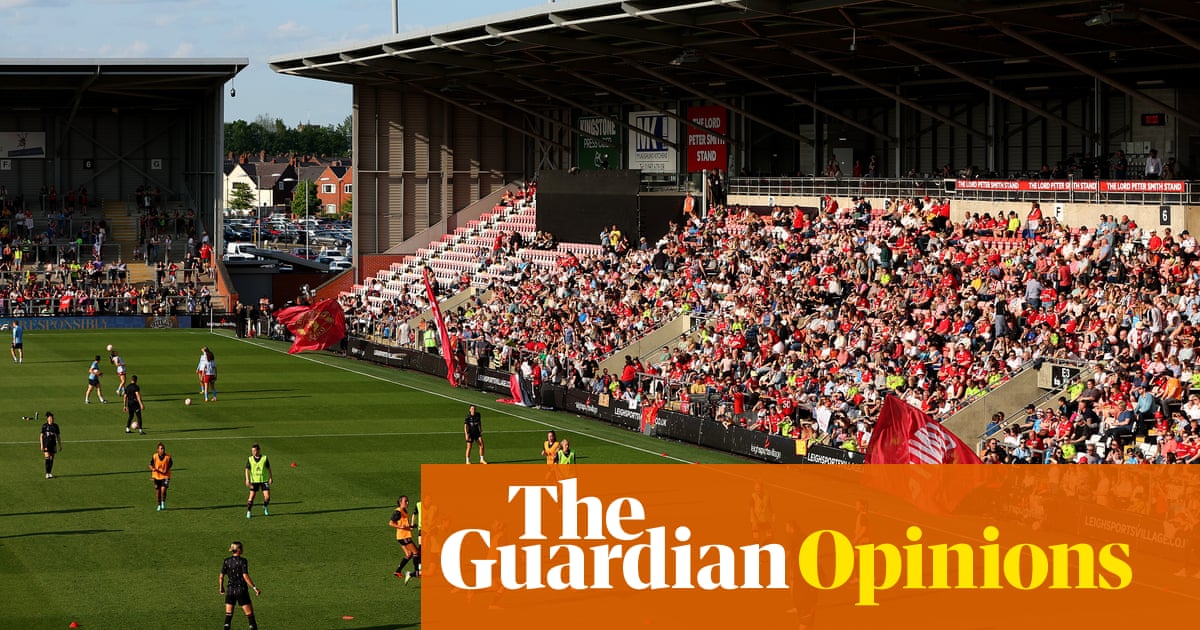
Imagine a family house, with a garden. Nothing fancy, but solid, and cheap enough to feel within reach of an ordinary couple on ordinary wages.
To despairing millennials across much of the south-east, this is the stuff of fairytales, or else ancient history. But there are still corners of Britain where a house like that is yours for less than £130,000 (the price of the average deposit for first-time buyers now in London), where being able to buy your own place, and the security that comes with it, is almost the least of young families’ problems. And herein lies a tale about this week’s elections. Brexit was the tool that ultimately jemmied open doors long closed to the Tories. But the crumbling of the “red wall” may at least in part be the story of Conservatives learning to do well in poorer neighbourhoods with high levels of home ownership; places where wages are low but property still cheap enough that things don’t feel broken, or not as broken as outsiders often think.
When the pollster James Kanagasooriam drew up his original list of what have become known as “red wall” seats, he did it by identifying places full of people who, had they lived in a southern market town, would be natural Tories: homeowners, small-business owners, habitual Daily Mail and Daily Express readers. If a 55-year-old plumber in a detached house in Bournemouth usually votes Conservative, he reasoned, why not the same guy in Wigan, who probably wants much the same things underneath? If the party could somehow override the gut hostility in traditionally Labour communities to the very idea of voting Tory, it might unlock votes in surprising places.
This week’s byelection battleground of Hartlepool, where home ownership is above 50%, wasn’t on his original list because it looked too hard to win there while the Brexit party was still splitting the anti-Labour vote – but it shared many similar characteristics. There are a million complicated reasons for why people vote the way they do. But having something to conserve has been a powerful driver of voting Conservative ever since Margaret Thatcher started selling off council houses, at untold cost to generations to come; people with mortgages have long been more likely to vote Tory, renters to vote Labour.
The towns Kanagasooriam identified were often past their glory days, but still not among the most deprived; their down-at-heel high streets often belied either a hinterland of villages doing rather better, or new-build estates on their outskirts where help to buy has lifted significant numbers of families on to the property ladder. They’re places where young couples can still put down roots, plan to raise a family, feel they’re getting on in life – at least so long as they’re in work.
Hence the Tees Valley mayoral candidate Ben Houchen’s relentless focus on the promise of new green energy jobs, or Andy Street’s emphasis in the West Midlands mayoral elections on economic recovery from Covid. A home, a job, something to hope for in the future; blow away the smoke of a culture war, and underneath there’s nothing particularly new or revolutionary in any of this, nothing voters haven’t wanted since time immemorial or that Labour hasn’t historically offered, too. The new politics looks remarkably like the old, except that now it’s happening in different places.
How does knowing any of this help Labour? It could always try to pull the same trick in reverse, targeting the southern marginals where demographic changes are pushing things in their favour and where the Tories are more fragile than they look; the once middle-aged suburbs and market towns increasingly colonised by younger, more socially progressive and pro-remain voters priced out of London, say. Over the next few days and weeks, as analysts dig into the detailed results from Thursday’s multiple layers of elections, the shape of that battleground may become clearer.
But until it is, perhaps the only useful lesson to draw from Kanagasooriam’s work is that his starting point was what voters in different parts of the country have in common, not what divides them. He treated “red wall” voters not as some strange alien culture, or hostile phenomenon to be understood, but as people who shouldn’t be beyond persuading if only the party they traditionally rejected could find a way through to them; people who in the end just wanted the same life that millions of other people also want. Nothing fancy, but solid and cheap enough to be still just about within reach.












